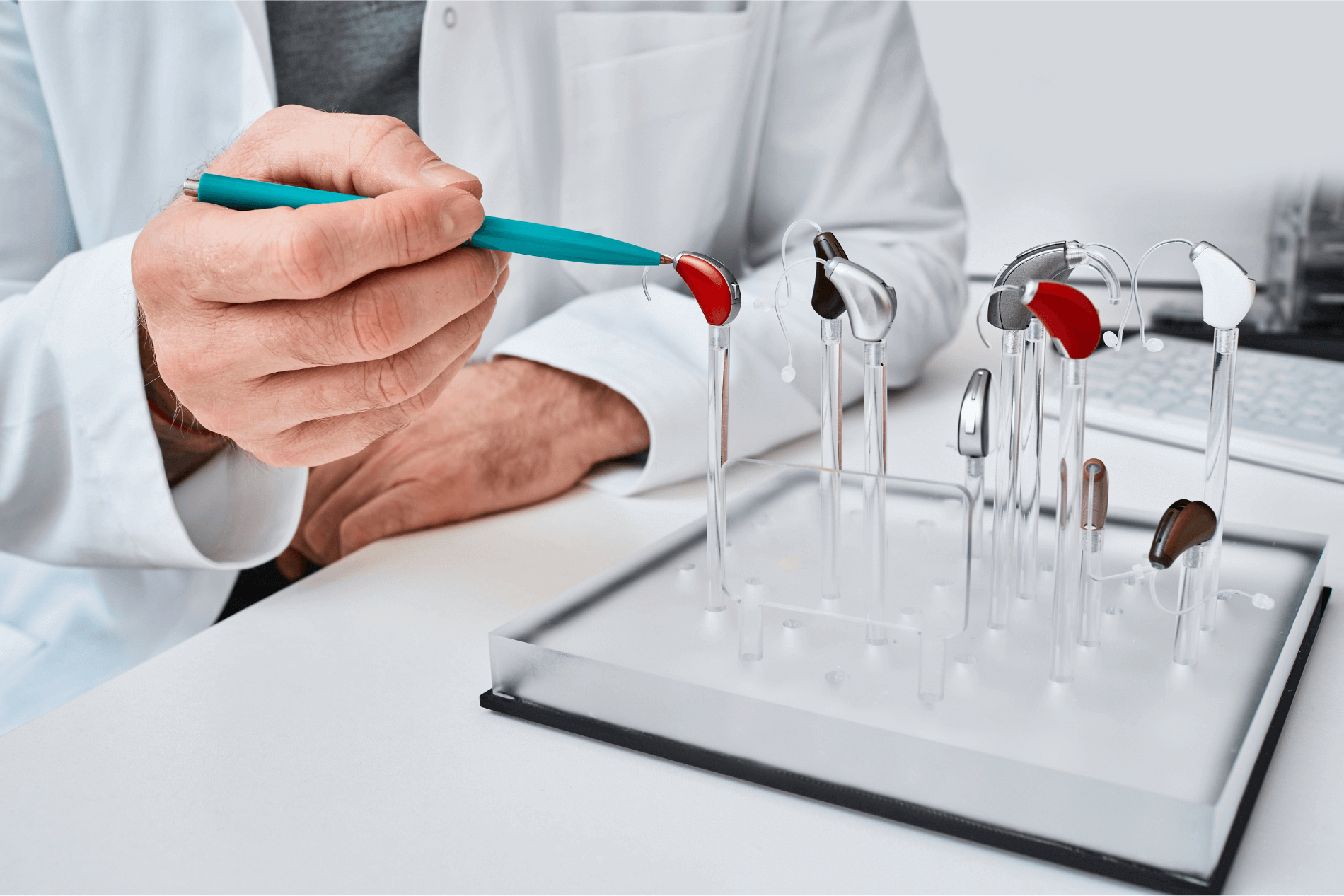
How should a person respond when partial or full hearing loss occurs? Hearing loss can set a person back in several ways. The first way hearing loss sets a person back is that they can no longer function in society the same way. For the most part, the person with the deprivation must depend upon others to get around in the community. Also, a person with hearing loss has the potential to become stigmatized in society as a handicap, and this is a blow to their self-esteem. One of the first things that a person who experiences hearing loss does is to seek out help by getting fit for a hearing aid.
Getting Fit for a Hearing Aid
One solution for a person who has been diagnosed with partial or full hearing loss is to turn to a hearing specialist to help fit them for a hearing aid. Hearing aids have a long history and can be traced back to the 17th century when they were first introduced as hand-held devices a person could carry around. Today hearing aids have developed and are highly technological devices that contain some of the latest advances in artificial intelligence technology.
AI and Hearing Aids
Many stages of development have been made towards perfecting the way hearing aids have been incorporated into hearing aid devices. One of the latest uses of AI in hearing aids is the use of a HearingTracker, which allows the user to change their hearing aid settings when they turn to a different environment. At times the user of a hearing aid may decide to change the settings on their hearing aid because of specific reasons beyond their control. These changes to hearing aid settings can be caused by weather interruptions, an unfavorable environment, or location the person has to be present or to adjust to other logistic decisions like being on a train, plane, or ship. Whatever the reason for the adjustment, the user seeks a way to make their changes easy and compatible with their normal-hearing requirements, and this is what SoundSense Learn Technology has accomplished with their HearingTracker device that fits in the hearing aid. When a person goes to a new location, the device adjusts automatically due to the Bluetooth technology being used within the hearing aid device.
Google® AI and Hearing Aid Development
One of Google® Lab’s latest projects are a small device that can help a person with hearing a loss to reduce the amount of noise that they face when they go into a location and enhance the vocal tones of people that are speaking. Vocal recognition or speech recognition began in Bell Laboratories in 1952 when several Bell Laboratories scientists began studying speech or vocal formants. Vocal formants are the specific tonal values that distinguish one human voice from another. Google® Labs has just emerged with new AI technology that allows a person to have the ability to pinpoint specific formants being addressed to them from within a large group within an enclosed room. The particular technique allows the person with the hearing aid the difference of sound between a person speaking and a person speaking, shouting addressing them individually.
Later Enhancements with AI
One of the latest additions of Ai towards hearing aid improvements is a company that has found a way to use AI within the hearing aid to reading a person’s vital organ readings like blood pressure, heart rate, and other medical information, and communicate them to their caregiver if the readings show signs of danger. This technology, as well as the ones mentioned above, are several of how AI is helping those who have hearing loss to live a better and more comfortable life in society. With this latest addition of AI to the advance to hearing aid technology, these new AI scientists have opened new doors of development where AI can make still further progress.
Hearing Industries Association
According to the Hearing Industries Association (HIA), some of the latest additions of AI to hearing aid industry is the ability to detect a fall, translate languages, and voice sentiment modality; that is, when a person is sitting with a friend at a table in a restaurant, their hearing aid detects what voice they wish to listen to and adds a filter to other sounds in the environment so the person can concentrate on their table guest. These are exciting times for AI and hearing aid advancement.

What Is Sudden Hearing Loss and What Does it Mean?
Matthew Favinger, M.S., F-AAA

Having a Good Time at Weddings With Hearing Loss
Matthew Favinger, M.S., F-AAA

